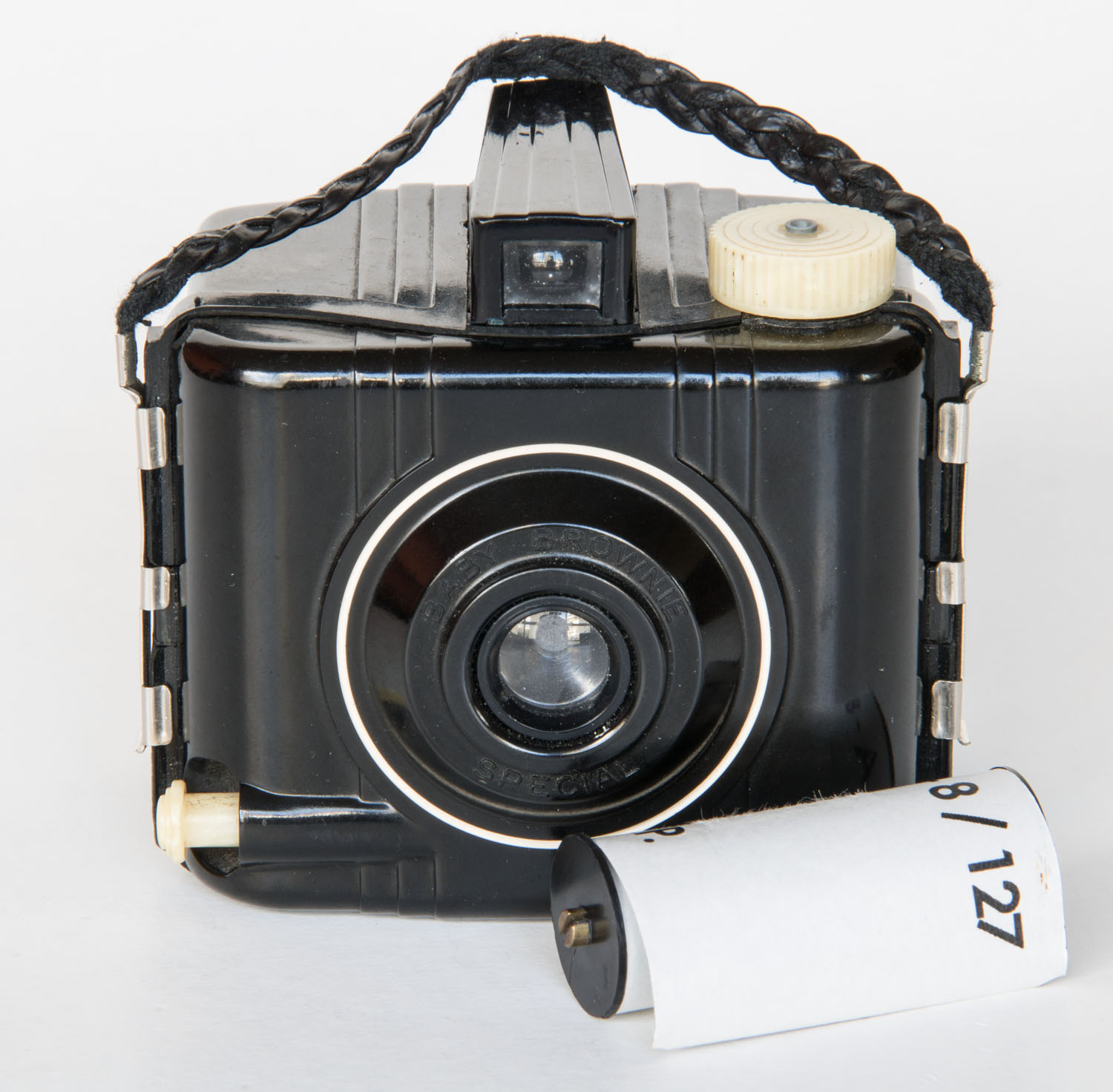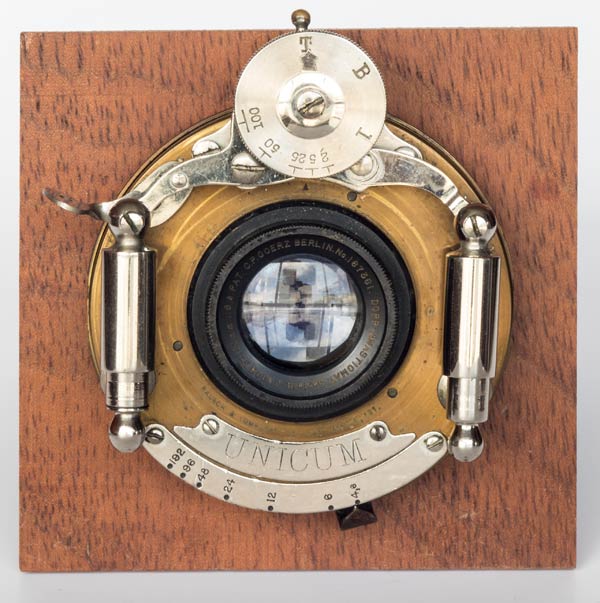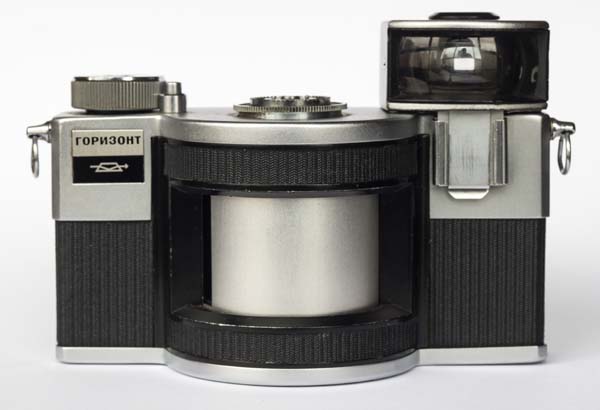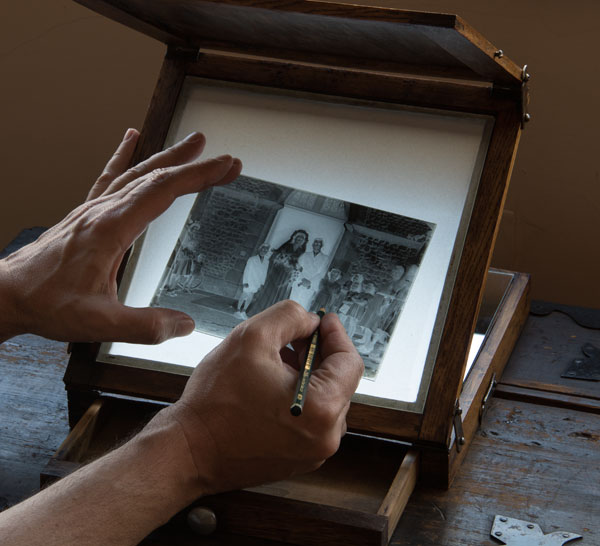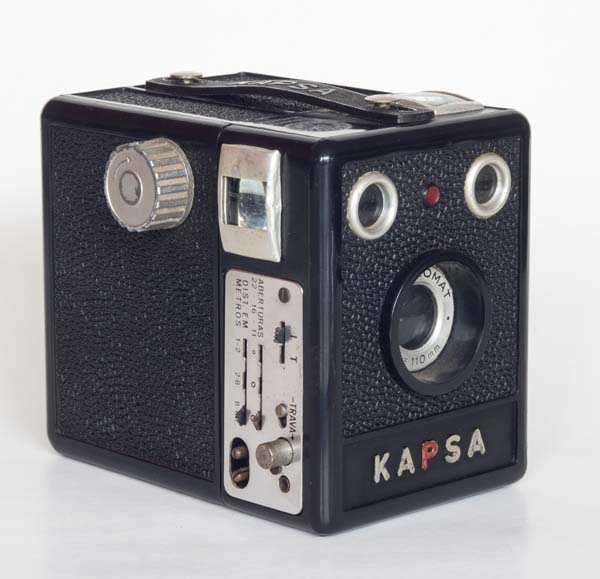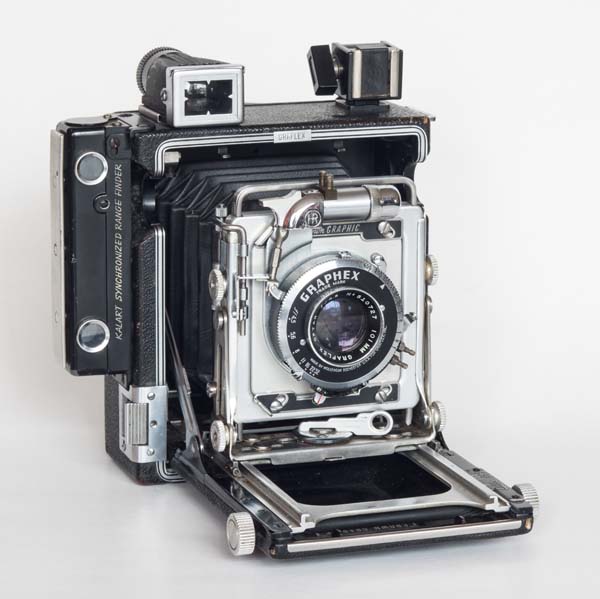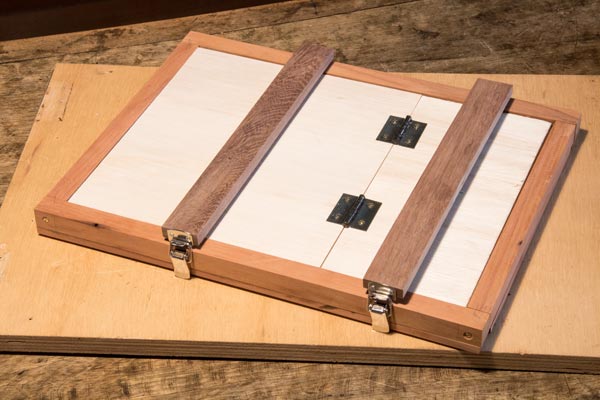Complete tutorial about how to cut 120 to 127 film format and spool it into a 127 film reel. Materials, devices, video and measurements, everything you need to know to use again your cute Baby 127 camera.
Author - wlungov
One of the best wide-angle lenses ever made, Schneider's Super Angulon f / 5.6 has a slightly asymmetric optics and delivers perfect results with ease of use. Find here specs, photos of the lens and an urban picture taken with it.
Three Dagor lenses, 75, 120 and 240 mm are shown, all from Series III having lens aperture of f/6.8. With lens design developed in 1892, the Dagor, remains a very usable lens. See recent pictures made with them. At the turn of the century, with other anastigmats, Dagor contributed greatly to the creation of a high end market for hand held cameras.
Article with brief history of the house Lerebours et Secrétan as exemplar of the transformations brought by the bourgeois and scientific revolution. Includes review of a landscape lens with a focal length of 255mm and an image made on a dry plate using the same lens.
Popular camera marketed by Kodak between 1939 and 1954. It takes pictures 4.0 x 6.5 cm (1 5/8 X 2 1/2 ") using films 127. See camera review and photographs taken with it.
This article analyzes methods for producing panoramic photos and compares the use of the wide-angle lens with the rotating lens system, as is the case of Horizont of KMZ
Article shows a retouching desk of the type used at the beginning of photography. The retouching was done basically with pencil applied directly on the photographic emulsion. Examples of antique glass plates in which people had their lines of expression smoothed by this method are shown an commented.
Brazilian photographic camera manufactured in the 1950s. Dedicated to amateur photography produces negatives with 6 x 9 cm or 4.5 x 6 cm in 120 films.
Review of Graflex Pacemaker Crown Graphic 23: concept, features, types of film holders, use of dry plates and comments about the use of flashbulbs. Also includes a gallery of pictures taken with this camera.
Tutorial with video for building up a photography contact printer. That can be used for large format photographs and also for UV alternative/historical processes like Van Dyke Brown, Cyanotype, Gum Dichromate, Salted Paper, Platinum/Palladium among others.
Small lens whose design is among the first anastigmatics. The Collinnear, sometimes referred as Kollinnear, created by the Voigtländer firm in 1893, using the newly developed glasses in Jena was, among others of the same type, a step change in photographic optics.
Review of a Rapid Rectilinear lens from the very beginning of Wray's production, with comments on the firm's entrance and contribution to the history of photography. William Wray was very important in the diffusion of iris diaphragm for photographic lenses and recognised as a high quality lens maker. Features also a portrait made with this lens.
